
Copernical Team
Euclid Telescope completes space test in Belgium
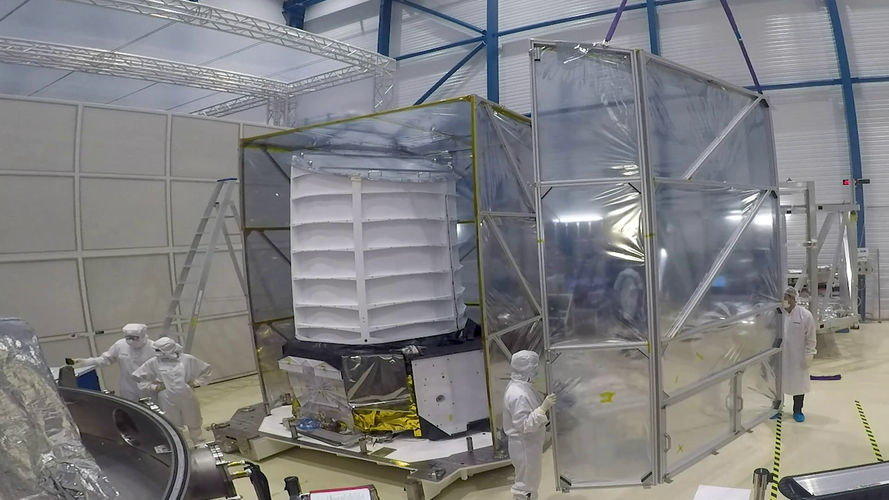 Video:
00:00:41
Video:
00:00:41
ESA’s Euclid mission aims to investigate dark matter, dark energy and the expanding Universe.
Euclid has reached a new milestone in its development with successful testing of the telescope and instruments showing that it can operate and achieve the required performance in the extreme environment of space.
At Centre Spatial de Liège (CSL) in Belgium, the payload module (containing the telescope and scientific instruments) was packed in a thermal tent, after which it was loaded in a large vacuum tank where it underwent intensive testing.
Euclid experienced simulated space conditions in vacuum with the payload module cooled to -150oC, the
Webb arrives in French Guiana for launch on Ariane 5
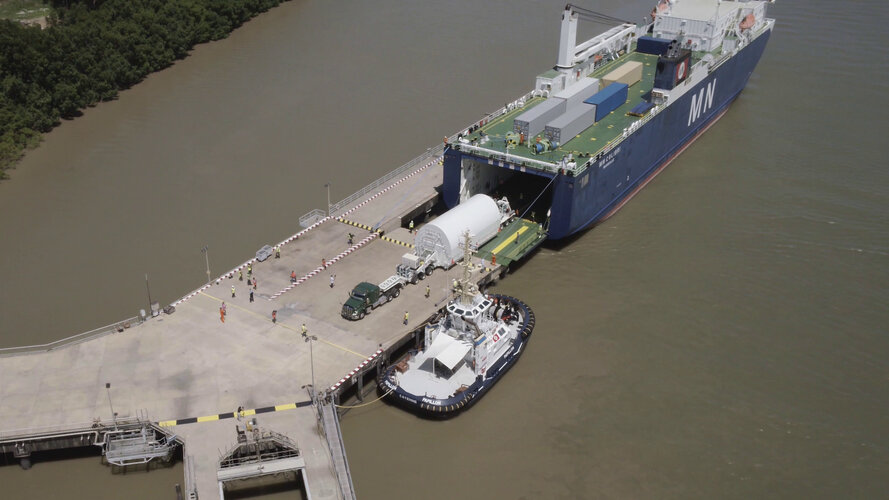 Video:
00:01:54
The James Webb Space Telescope arrived in French Guiana on 12 October 2021 ahead its launch on Ariane 5
Video:
00:01:54
The James Webb Space Telescope arrived in French Guiana on 12 October 2021 ahead its launch on Ariane 5 Putting Earth observation into ‘the market perspective’

With a boom in the global market for Earth observation information and data products, participants at this year’s Φ-week conference have been digging deep into the ‘market perspective’. This important topic includes how to gain a better understanding of what governments, industry, the public and other users of Earth observation products and services need and expect to create value for society and the economy.
At your Service Module
 Image:
Image:
The second European Service Module is prepared for shipment to NASA’s Kennedy Space Center in Florida, USA this week at Airbus facilities in Bremen, Germany. Made up of components from ten European countries, ESM-2 will power the first crewed flight to the Moon on the Artemis II mission.
The European Service Modules are a key element of the Orion spacecraft, the first to return humans to the Moon since the 1970s.
Built by the brightest minds in Europe, the module provides propulsion, power and thermal control and will supply astronauts with water and oxygen. The ESM is installed underneath the
Cool tech to almost double deep space data
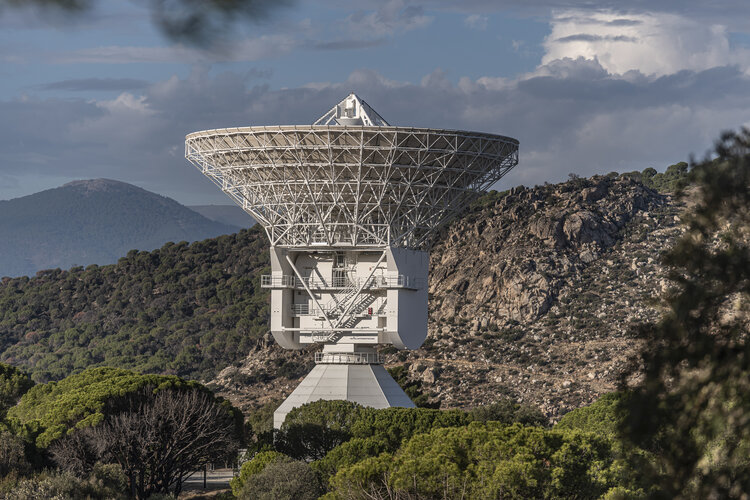
An upgrade to ESA’s three 35-metre deep-space antennas will boost science data return by 40% by cooling the ‘antenna feed’ to just 10 degrees above the lowest temperature possible in the Universe.
Ariane 6 mast gains cryogenic arms
 Image:
Cryogenic arms on the upper part of the Ariane 6 mast on the launch pad connect to the rocket's upper stage and retract at liftoff
Image:
Cryogenic arms on the upper part of the Ariane 6 mast on the launch pad connect to the rocket's upper stage and retract at liftoff Putting the Earth observation into ‘the market perspective’

With a boom in the global market for Earth observation information and data products, participants at this year’s Φ-week conference have been digging deep into the ‘market perspective’. This important topic includes how to gain a better understanding of what governments, industry, the public and other users of Earth observation products and services need and expect to create value for society and the economy.
The future is here: Advanced Manufacturing for space
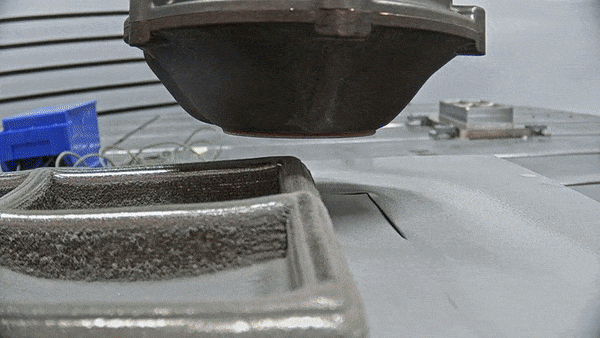
To go to new places in space, or do new things, usually demands innovative technologies, and often novel materials and manufacturing techniques as well. So ESA and NASA have teamed up to support a major international conference on Advanced Manufacturing – bringing together Industry 4.0 with Space 4.0.
Webb brochure, interactive or PDF, available in six languages
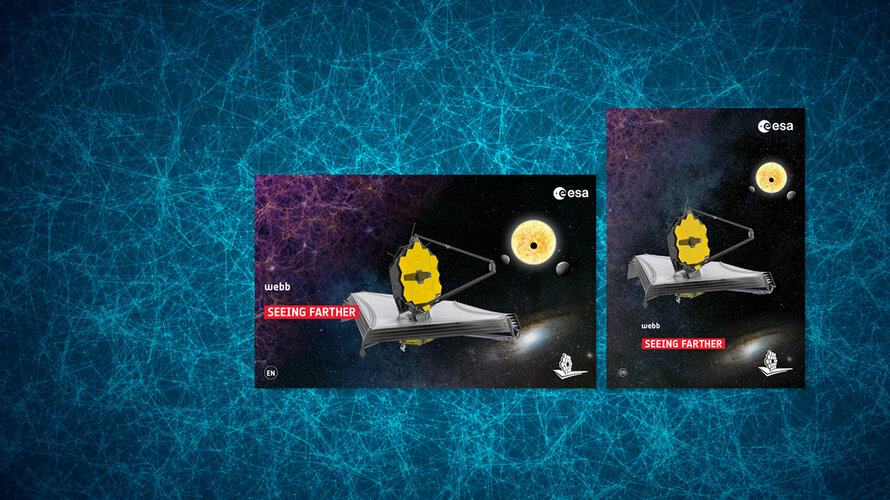
Webb brochure
Interactive or PDF, available in six languages
Europe delivers module for first astronaut mission to the Moon
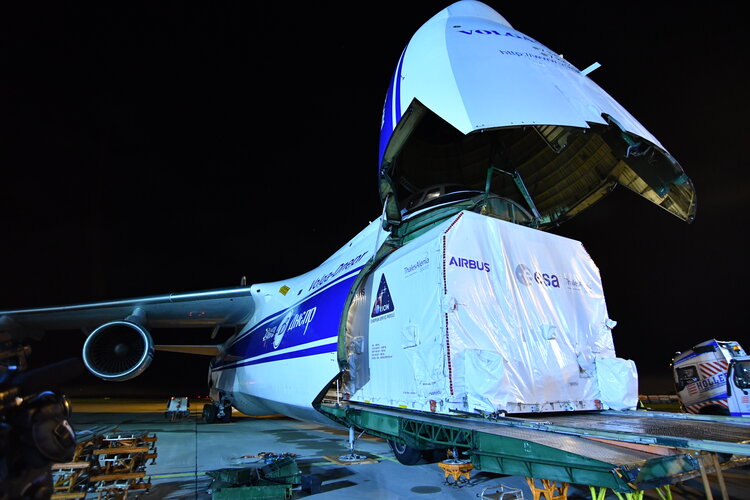
The second European Service Module for NASA’s Orion spacecraft is on its way to USA. It is the last stopover on Earth before this made-in-Europe powerhouse takes the first astronauts around the Moon on the Artemis II mission.
